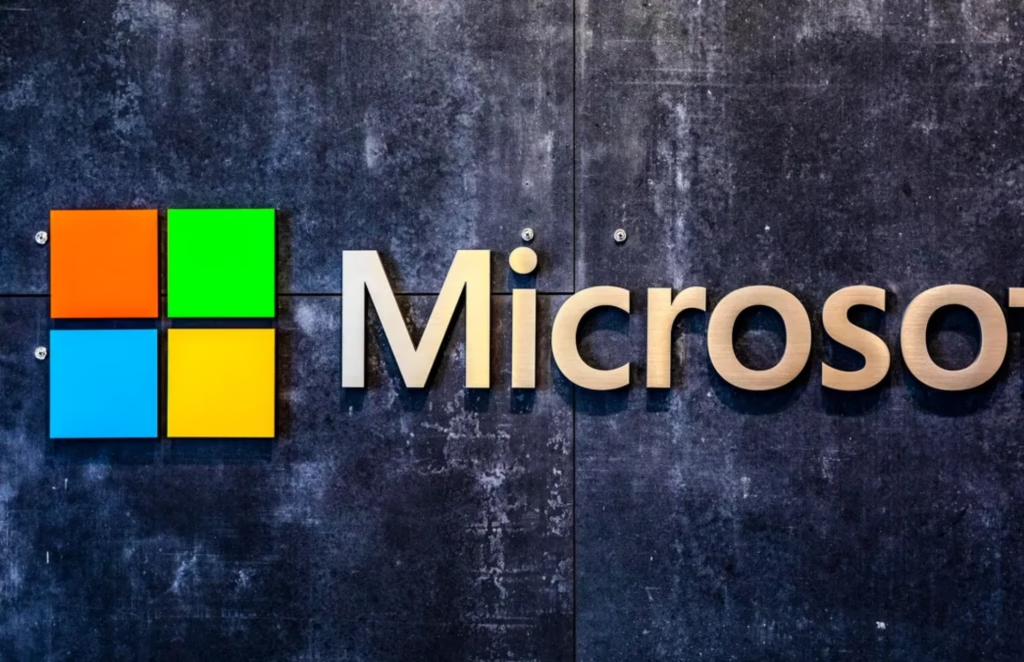Cryptocurrencies Leading the Way in Cross-Border Payments

In today’s global economy, cross-border payments are more crucial than ever. Explore the top cryptocurrencies leading this financial frontier, revolutionizing how we transfer value across borders. From Bitcoin’s pioneering role to Ripple’s swift settlements, discover the game-changers shaping the future of international transactions. There are many more crypto projects and concepts of investing that you must explore. Visit immediate-trader.org and get started with investment education!
1. Bitcoin (BTC)
Bitcoin, the pioneer of cryptocurrencies, has revolutionized the concept of cross-border transactions. As the first decentralized digital currency, Bitcoin introduced the world to the potential of blockchain technology for facilitating peer-to-peer transactions without the need for intermediaries. In the realm of cross-border payments, Bitcoin offers several advantages, including fast and relatively inexpensive transactions compared to traditional banking systems.
However, Bitcoin’s scalability has been a topic of debate within the cryptocurrency community. With a limited block size and increasing transaction volume, Bitcoin has faced challenges in processing transactions efficiently during periods of high demand. To address this issue, several solutions have been proposed, including the Lightning Network, a second-layer protocol designed to enable faster and cheaper transactions by conducting them off-chain.
Despite these challenges, Bitcoin remains the most widely recognized and accepted cryptocurrency for cross-border transactions. Its decentralized nature and established network make it a reliable option for individuals and businesses looking to transfer value across borders without relying on traditional financial institutions.
2. Ethereum (ETH)
Ethereum, often referred to as the ‘world computer,’ has emerged as a leading platform for decentralized applications (DApps) and smart contracts. Unlike Bitcoin, which primarily serves as digital money, Ethereum’s blockchain enables developers to build and deploy programmable contracts that automatically execute predefined actions when certain conditions are met.
In the context of cross-border payments, Ethereum’s smart contract functionality offers several advantages. Smart contracts can facilitate complex financial agreements without the need for intermediaries, reducing costs and increasing efficiency in international transactions. For example, smart contracts can be used to automate the execution of escrow agreements, ensuring that funds are released only when predefined conditions are met.
Despite its strengths, Ethereum has faced challenges related to scalability and transaction throughput. As the popularity of decentralized applications continues to grow, Ethereum’s development community is actively working on solutions to improve its scalability, including the transition to Ethereum 2.0 and the implementation of layer 2 scaling solutions.
3. Ripple (XRP)
Ripple, known for its digital asset XRP, has positioned itself as a leading solution for cross-border settlements and remittances. Unlike many other cryptocurrencies, Ripple’s primary focus is on providing fast and cost-effective payment solutions for financial institutions and payment processors.
One of Ripple’s key innovations is its consensus algorithm, which allows for fast and efficient transaction validation without the need for mining. This consensus mechanism enables XRP transactions to be settled in a matter of seconds, making it ideal for cross-border payments where speed is essential.
In addition to its technology, Ripple has built a robust network of partnerships with banks, remittance companies, and other financial institutions. These partnerships have helped facilitate the adoption of XRP as a bridge currency for cross-border transactions, allowing for seamless currency conversion and settlement across different fiat currencies.
4. Stellar (XLM)
Stellar, a decentralized platform for digital currency to fiat currency transfers, offers a unique approach to cross-border payments with a focus on financial inclusion and accessibility. Developed as a fork of the Ripple protocol, Stellar aims to connect people, banks, and payment systems to enable low-cost, cross-border transactions.
At the core of Stellar’s ecosystem is its native cryptocurrency, Lumens (XLM), which serves as a bridge asset for facilitating transactions between different currencies. Stellar’s consensus algorithm allows for fast and inexpensive transactions, making it suitable for cross-border remittances and micropayments.
Stellar’s network is supported by a decentralized exchange that enables users to convert between various fiat and digital currencies seamlessly. This exchange mechanism reduces the need for traditional intermediaries, such as banks, and lowers transaction costs for users.
5. Litecoin (LTC)
Litecoin, often referred to as the ‘silver to Bitcoin’s gold,’ is a peer-to-peer cryptocurrency that offers fast and low-cost transactions. Created by Charlie Lee in 2011, Litecoin was designed to complement Bitcoin by addressing some of its perceived limitations, such as slow transaction times and high fees.
In the context of cross-border payments, Litecoin offers several advantages over traditional banking systems. Its blockchain enables near-instantaneous transactions, making it suitable for time-sensitive payments and remittances. Additionally, Litecoin’s lower transaction fees compared to Bitcoin make it an attractive option for transferring value across borders.
Litecoin’s technology is based on the same foundational principles as Bitcoin, with a few key differences. For example, Litecoin has a faster block generation time and uses a different hashing algorithm (Scrypt) to secure its network. These differences contribute to Litecoin’s ability to process transactions more quickly and efficiently than Bitcoin.
6. Cardano (ADA)
Cardano, a third-generation blockchain platform, is focused on building a scalable and sustainable ecosystem for decentralized applications and smart contracts. Founded by Charles Hoskinson, one of the co-founders of Ethereum, Cardano aims to address some of the scalability and interoperability challenges facing existing blockchain networks.
In the realm of cross-border payments, Cardano offers several unique features that differentiate it from other cryptocurrencies. Its layered architecture separates the settlement layer from the computation layer, allowing for greater flexibility and scalability in transaction processing. Additionally, Cardano’s consensus algorithm, Ouroboros, is designed to be energy-efficient and highly secure, making it suitable for handling large volumes of transactions.
Cardano’s development roadmap includes plans to integrate support for native assets, including digital currencies and tokens, which could further enhance its utility for cross-border payments. By providing a robust and interoperable infrastructure, Cardano aims to facilitate seamless value transfer across borders while ensuring the security and integrity of the underlying transactions.
Conclusion
As blockchain technology continues to reshape finance, the top cryptocurrencies showcased here underscore the transformative potential of cross-border payments. With Bitcoin laying the groundwork and Ethereum enabling smart contracts, these digital assets are driving innovation and accessibility worldwide. Embrace the future of finance, where borders are no longer barriers but gateways to seamless transactions.
Source: Glusea





